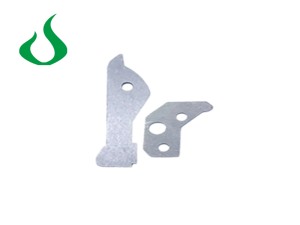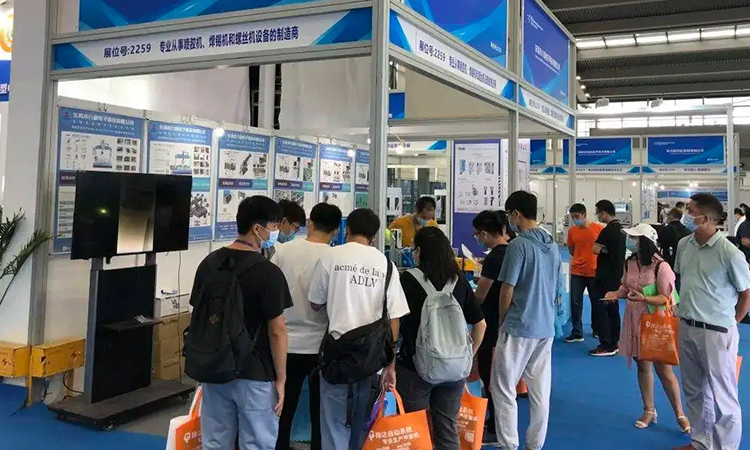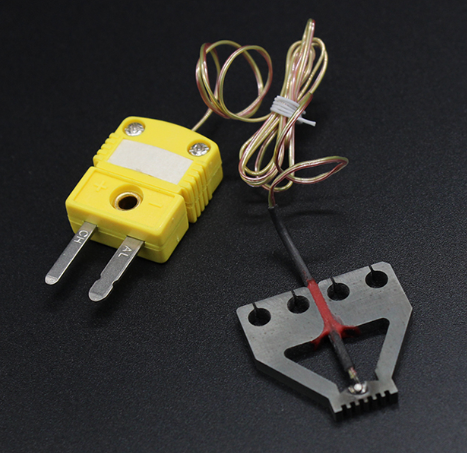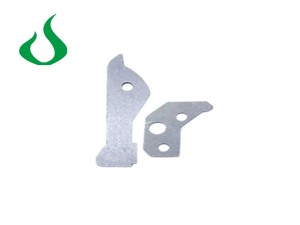MENU

 LNG
LNG
The material of tungsten steel fixture sheet is tungsten steel alloy, and its processed wear-resistant components have increased productivity in many industrial fields, including metal cutting, mining, mineral and civil engineering, agriculture, food processing, and textile industries. Although these industries are different, they all have one common point: the urgent need for opposing impact, corrosion resistance, and wear resistance functions. This is why they use tungsten steel hard alloy wear-resistant components.
Tungsten steel hard alloy is a series of composite materials composed of carbide particles bonded by binders. The proportion of carbides usually accounts for 70% -97% of the total weight of the composition, with an average grain size of 0.2-14 μ Between m. Hard phase tungsten carbide (WC) and bonding phase cobalt (Co) form the fundamental hard alloy structure, and other types of hard alloys have been developed based on this. In addition to pure tungsten carbide cobalt, it also includes hard alloys composed of titanium carbide (TiC), tantalum carbide (TaC), niobium carbide (NbC) and other combinations in different proportions.
These carbides are soluble and contain a high proportion of tungsten carbide. Similarly, hard alloys can also be produced by using cobalt as the bonding phase or completely replacing it with other alloy elements such as nickel (Ni), chromium (Cr), molybdenum (Mo), and iron (Fe). Therefore, the three types of phases constitute hard alloys. In the metallurgical vocabulary, tungsten carbide phase is referred to as α The bonding phase (such as cobalt, nickel, etc.) is called β Phase, other separate or composed carbide phases (titanium carbide, tantalum carbide, niobium carbide, etc.) are Ч Phase. Apart from its application in metal cutting, there is no clear classification of the application fields of hard alloys internationally. However, based on the hard alloy number, we can classify it into the following categories: components such as WC Co alloys, corrosion resistant alloys, cubic carbides, and DP alloys!
The main components of tungsten steel, such as WC particle size, TiC, TaC compound carbide composition and their addition amount, as well as the addition amount of binding material Co, are arranged and composed of various hard alloys for cutting tools. Through their differential application, they exhibit excellent wear resistance and toughness under various cutting conditions, and the main component WC arrangement is controlled within 0.2-1 μ Ultrafine particles below m are hard alloys that combine high strength and hardness.
In addition, it has excellent sharpness and the surface quality of the processed surface is also excellent. By flexibly utilizing these strengths φ Printed circuit boards below 0.1mm have excellent functions in various applications such as drill bits, end milling cutter materials, thin edge cutting cutters, and fine molds.
The attached figure shows the appearance of the tungsten steel clamp piece. If you have any needs, please contact me by email aria.diao@soucua.com.



